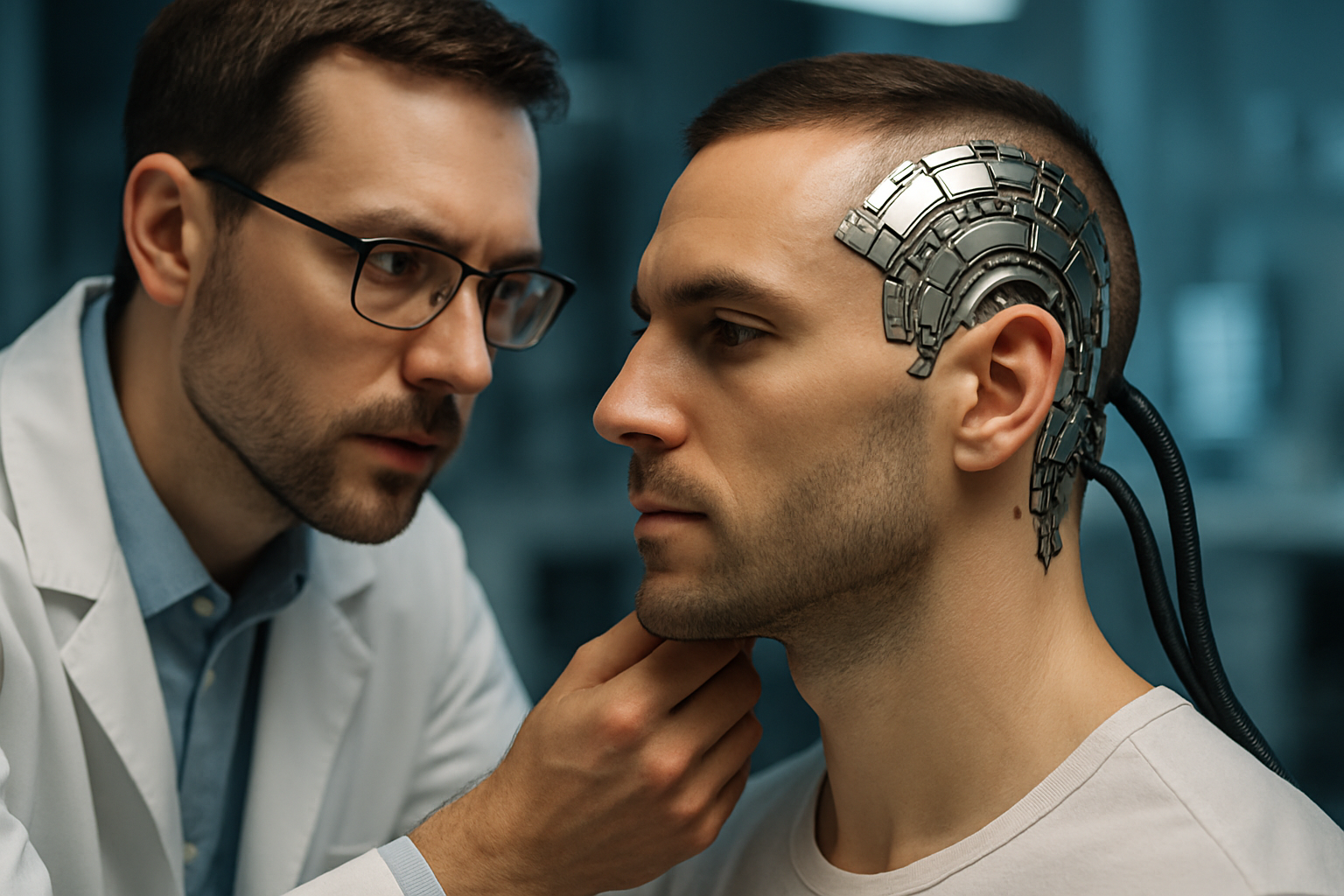Title: Legal Ramifications of Synthetic Biology: A Regulatory Frontier
Introduction: In the wake of rapid advancements in synthetic biology, legal systems worldwide grapple with unprecedented challenges. This emerging field, which involves redesigning organisms for useful purposes, raises complex questions about intellectual property, biosafety, and ethical boundaries. As scientists push the boundaries of what's possible, lawmakers and policymakers race to keep pace, striving to balance innovation with public safety and ethical considerations.

Intellectual Property Dilemmas in Synthetic Biology
One of the most contentious legal issues in synthetic biology revolves around intellectual property rights. The question of whether artificially created genetic sequences can be patented has sparked intense debate. In 2013, the U.S. Supreme Court ruled in Association for Molecular Pathology v. Myriad Genetics that naturally occurring DNA sequences cannot be patented, but synthetic complementary DNA (cDNA) can. This landmark decision has had far-reaching implications for the synthetic biology industry, influencing research directions and commercial strategies.
Biosafety and Biosecurity: Legal Safeguards
The potential risks associated with synthetic organisms have prompted governments to implement stringent biosafety regulations. In the United States, the NIH Guidelines for Research Involving Recombinant or Synthetic Nucleic Acid Molecules provide a framework for responsible research. Internationally, the Cartagena Protocol on Biosafety governs the movements of living modified organisms resulting from modern biotechnology. However, the rapid pace of innovation in synthetic biology often outstrips these regulatory mechanisms, necessitating constant updates and revisions.
Ethical Considerations and Legal Boundaries
The ethical implications of synthetic biology have sparked heated debates in legal and policy circles. Questions about the moral status of synthetic organisms, the potential for “playing God,” and the long-term consequences of genetic modifications have led to calls for stronger ethical guidelines. Some countries have established bioethics committees to advise on policy decisions, while others have incorporated ethical considerations directly into their regulatory frameworks. The challenge lies in striking a balance between fostering innovation and respecting ethical boundaries.
International Cooperation and Harmonization of Laws
As synthetic biology transcends national boundaries, there’s a growing recognition of the need for international cooperation in regulation. Efforts are underway to harmonize laws and standards across countries to facilitate research collaboration and commercial development while ensuring global biosafety. The Nagoya Protocol, which addresses access to genetic resources and the fair sharing of benefits arising from their utilization, is one example of international cooperation in this field. However, significant disparities in regulatory approaches between nations remain a challenge.
The Role of Soft Law in Synthetic Biology Governance
Given the rapid evolution of synthetic biology, traditional legislative processes often struggle to keep pace. As a result, soft law instruments such as guidelines, codes of conduct, and best practices have emerged as important regulatory tools. These flexible mechanisms allow for quicker adaptation to new developments and can help bridge gaps in formal legislation. The International Gene Synthesis Consortium’s Harmonized Screening Protocol for synthetic DNA orders is an example of industry self-regulation that complements government efforts.
Future Legal Challenges in Synthetic Biology
As synthetic biology continues to advance, new legal challenges are likely to emerge. The potential creation of entirely synthetic genomes, the development of xenobiology (using alternative biochemistries), and the possibility of reviving extinct species through synthetic biology techniques are just a few areas that may require novel legal approaches. Additionally, the convergence of synthetic biology with other emerging technologies like artificial intelligence and nanotechnology may create complex regulatory scenarios that current legal frameworks are ill-equipped to handle.
In conclusion, the legal landscape surrounding synthetic biology is complex and rapidly evolving. As this field continues to push the boundaries of science and technology, it is crucial for legal systems to adapt and provide clear guidelines that foster innovation while protecting public safety and addressing ethical concerns. The coming years will likely see increased dialogue between scientists, policymakers, and legal experts as they work to create a robust and flexible regulatory framework for this transformative field.





